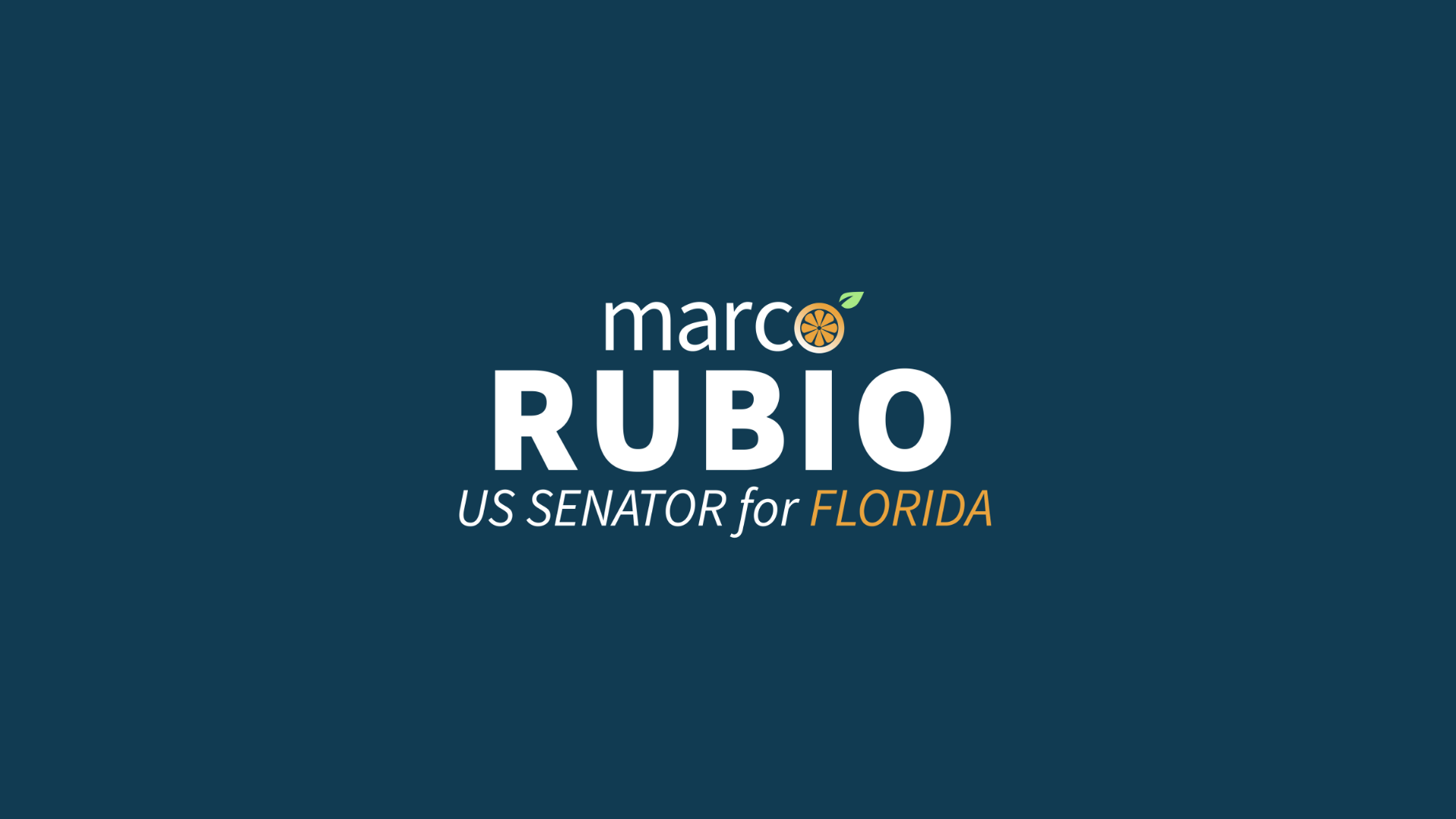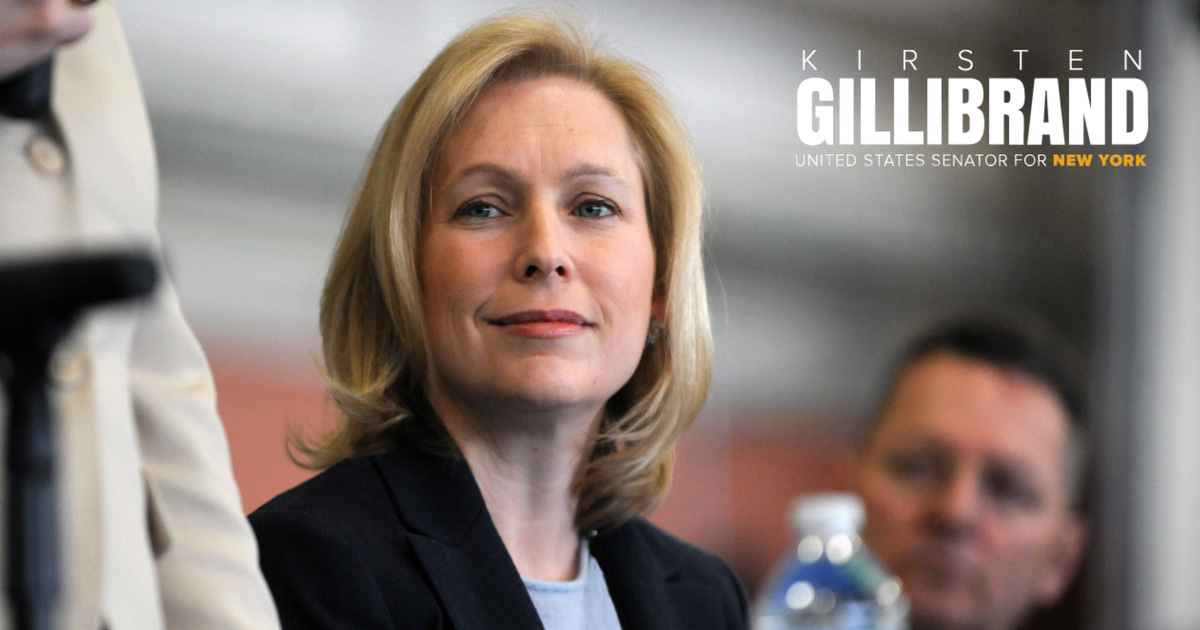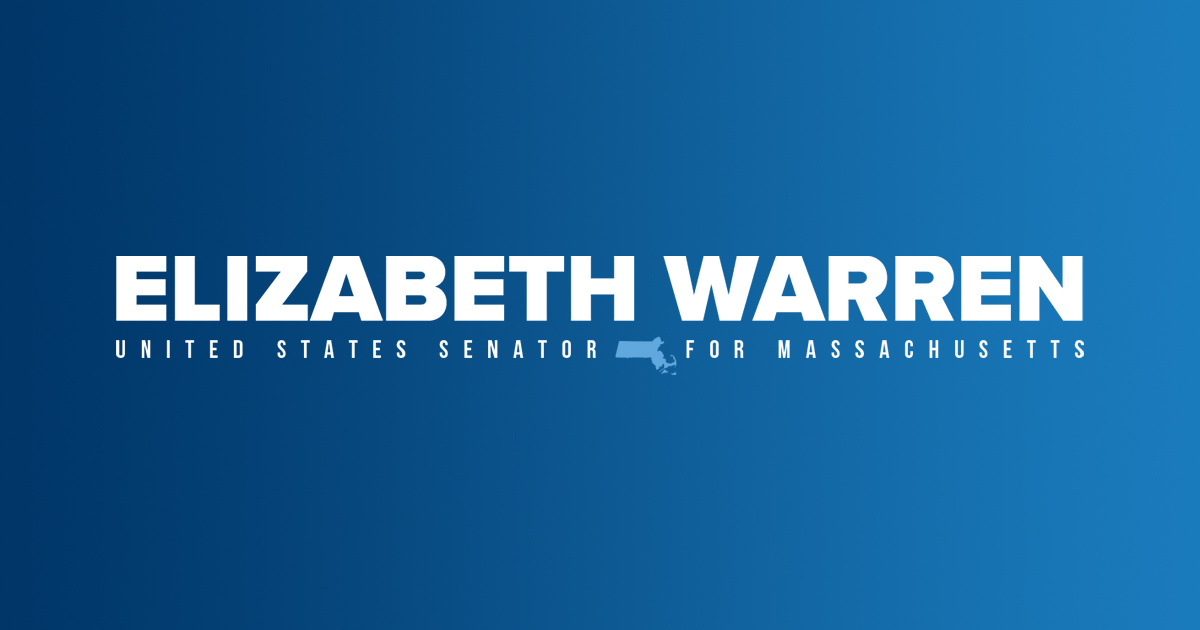Source: United States Senator for Massachusetts – Elizabeth Warren
June 09, 2021
Washington, DC – Today, chairing a hearing of the Senate Banking, Housing, and Urban Affairs Committee’s Subcommittee on Economic Policy, United States Senators Elizabeth Warren (D-Mass.) delivered remarks on the opportunities and risks that digital currencies present.
Following Senator Warren’s remarks the following will testify: Dr. Neha Narula, Director of the Digital Currency Initiative at MIT; Lev Menand, Academic Fellow And Lecturer In Law at Columbia Law School; J. Christopher Giancarlo, Senior Counsel at Willkie Farr & Gallagher; and Dr. Darrell Duffie, Adams Distinguished Professor Of Management And Professor Of Finance at the Stanford University Graduate School of Business.
The hearing is being livestreamed HERE and HERE.
Transcript: Building A Stronger Financial System: Opportunities of a Central Bank Digital Currency
U.S. Senate Banking, Housing, and Urban Affairs Committee’s Subcommittee on Economic Policy
Wednesday, June 9, 2021
Senator Warren: Let me start by saying good afternoon, and welcome to this session’s second hearing of the Economic Policy Subcommittee. Today’s hearing focuses on the opportunities presented by a central bank digital currency. This is a bipartisan hearing – in fact, it was Ranking Member Kennedy’s suggestion to hold it – and I want to thank him and I want to thank his team for working so closely with us to get it put it together.
Now, the core subject of this hearing is not Bitcoin, or Dogecoin, or any other cryptocurrency. Instead, it’s the explosion of cryptocurrencies over the last decade, that has created the context for understanding the potential value and risks of digital currency.
There are substantial difficulties with our current payment system. Nearly 33 million Americans have been locked out of the traditional banking system. They’re forced to use check cashers and payday lenders for basic banking services. And even those with traditional checking and savings accounts find that many of the largest banks have proven to be untrustworthy, gouging customers for overdraft or other fees or, in the case of Wells Fargo, just outright cheating their customers with fake accounts and fake services for which customers paid dearly.
So what are the alternatives? Digital currencies have been hyped as a solution to these problems. Early advocates claimed that cryptocurrencies would open up the financial system and deliver fast, cheap, and secure payments to anyone with an internet connection. Others pointed out that crypto was a way to avoid the risks of dealing with the giant banks that squeezed customers dry.
But crypto’s promises haven’t come to pass. Instead, here’s what’s happening in the real world with cryptocurrencies.
Cryptocurrencies have turned out to be a fourth-rate alternative to real currency. First, cryptocurrencies are a lousy way to buy and sell things. Unlike the dollar, their value fluctuates wildly depending on the whims of speculative day traders. You know, in just the last two months, the value of Dogecoin increased by more than ten-fold and then declined by nearly 60%. Now that may work for speculators and fly-by-night investors, but not for regular people who are looking for a stable source of value to get paid in and to use for day-to-day spending.
Second, crypto is a lousy investment. Unlike, say, the stock market, the crypto world currently has no consumer protection – none. As a result, honest investors and people trying to put aside some savings are at the mercy of fraudsters. Pump and dump schemes are outlawed in the case of ordinary stock, but they have become routine in crypto trading. One study found that the level of price manipulation in cryptocurrency is – and I quote – “unprecedented in modern markets.”
And third, crypto has become a haven for illegal activity. Online theft, drug trafficking, ransom attacks, and other illegal activity have all been made easier with crypto. Experts estimate that last year more than $412 million was paid to criminals in ransom through cryptocurrencies. And unlike other payment systems that make it tougher to move money illegally, a key feature of crypto is its secrecy. So just in the past few weeks, cryptocurrencies made it possible for hackers to collect a ransom to release the Colonial pipeline hack and to free JBS, the world’s largest meat producer, from a paralyzing cyberattacks. And every hack that is successfully paid off with a cryptocurrency becomes an advertisement for more hackers to try more cyberattacks.
Finally, there are the environmental costs of crypto. Many cryptocurrencies are created through “proof-of-work” mining. It involves using computers to solve useless mathematical puzzles in exchange for newly minted cryptocurrency tokens. Such mining has devastating consequences for the climate. Some crypto mining is set up near coal plants, spewing out filth in return for a chance to harvest a few cryptocoins. Total energy consumption is staggering, driving up demand for energy. If, for example, Bitcoin – just one of the cryptocurrencies – were a country, it would already be the 33rd largest energy user in the world – using more energy yearly than all of the Netherlands.
And all those promised benefits-the currency that would be available at no cost to millions of unbanked families and that would provide a haven from the tricks and traps of big banks-well, those benefits haven’t materialized.
Meanwhile, cryptocurrency has created opportunities to scam investors, assist criminals, and worsen the climate crisis. The threats posted by crypto show that Congress and federal regulators can’t continue to hide out, hoping that crypto will go away. It won’t. It’s time to confront these issues head on.
Crypto has significant problems, but our current payment system also has significant problems. Both the government and banks have dragged their heels for years, resisting innovation and evidently taking the same hide-and-wait approach to facing the worldwide movement into cryptocurrencies.
Central bank digital currency, which is often called CBDC because the world needs another acronym, digital currency from central banks, has great promise. Legitimate digital public money could help drive out bogus digital private money. It could help improve financial inclusion, efficiency, and the safety of our financial system – if that digital public money is well-designed and efficiently executed, which are two very big “if’s.”
So I’m looking forward to hearing from our witnesses today about how a central bank digital currency would work, why it might be necessary, how it intersects with cryptocurrency, and – most importantly – how it should be set up so that all Americans can enjoy its benefits.
###









